Remembering the Ladies
A new series of commemorative coins honors presidential spouses whose achievements have long been overlooked
/https://tf-cmsv2-smithsonianmag-media.s3.amazonaws.com/filer/coin_house_388.jpg)
This year, the United States Mint will issue the first four in a series of one-dollar coins sporting portraits of the presidents in the order they served. The George Washington coin will be available February 15, just in time for President's Day. After that, it's expected that the golden-alloy Father of His Country will start showing up in pockets, change jars and vending machines across America.
Presidents have been on money since 1909, but what about their better halves, the women who, in the words of Rosalyn Carter, "have the president's ear"? The Mint must have taken to heart Abigail Adams' famous admonition to "remember the ladies," because this May it will release a companion series of 24-karat gold collectors' coins featuring presidential spouses. The first set of new coins should be available to numismatists by Mother's Day—appropriate timing, since two first ladies (Abigail Adams and Barbara Bush) are also presidents' mothers.
The designs for the four 2007 coins were unveiled before an 80-person audience at the National First Ladies' Library in Canton, Ohio, on December 19, 2006. They include portraits of Martha Washington, Abigail Adams and Dolley Madison. Since Thomas Jefferson's wife Martha died in 1782, 18 years before Jefferson was elected president, the third coin in the series carries a symbolic image of Liberty.
Patricia Krider, the Library's executive director, hopes the coin series will bring more national attention to the First Ladies. The Library was founded in 2003 with the goal, Krider explains, "of educating people about these women, who are important not just because of their positions but because of the contributions they have made to various social causes. The impact of the First Ladies has never been very well-publicized, and we hope to change that." Krider is correct that first ladies are often left out of history books, but their influence on history should not be overlooked. As Hillary Clinton, acknowledging her predecessors, said, "Each left her own mark, and each teaches us something special about our history."
As women's roles have changed, the role of first lady has also evolved over the past 218 years and 43 presidential administrations. Perhaps the most prominent representative of American womanhood, the current First Lady regularly places at or near the top of Gallup's annual Most Admired Woman poll. In the 19th century, one newspaper called the First Lady "the head of the female society of the United States." She has served as a role model for everything from proper feminine behavior to dress and hairstyle. Recognizing that her position was bound up with the public's conflicting ideas about a woman's place, Barbara Bush once commented, "The First Lady is going to be criticized no matter what she does. If she does too little. If she does too much."
Though political wives have historically placed their husbands' careers above their own, some early first ladies were leaders in their own rights, particularly with regard to women's education. Abigail Adams, John Adams' wife, advocated for equal public education for girls and boys. Lucy Webb Hayes, wife of Rutherford B. Hayes, remarked, "Woman's mind is as strong as man's…equal in all things... superior in some." She was the first First Lady with a college degree, having graduated with honors from Ohio's Wesleyan Female College in 1850. Lou Hoover, married to Herbert Hoover, was not only the first First Lady but the first woman in America to receive a degree in geology, at Stanford University in 1898. Smart, self-possessed and highly educated, many first ladies used their visibility to campaign for social change. Caroline Harrison (wife to Benjamin Harrison) was an early champion of women's equality—along with other prominent progressive women, she helped raise funds for the new Johns Hopkins medical school on the condition that it would admit women. The university acquiesced and opened the first co-educational, graduate level medical school.
The role of First Lady became truly official during the tenure of Edith Roosevelt, wife to Theodore. She created the Office of the First Lady and hired the first social secretary, a position added to the White House payroll. Later, First Ladies became more politically engaged. During her husband Warren's presidential race in 1920, Florence Harding campaigned tirelessly, and on November 2, 1920, she became the first future First Lady to cast a vote for her husband (the 19th Amendment had gone into effect that August). "Couldn't have swung it but for the Duchess," said Warren Harding, using his nickname for her. Eleanor Roosevelt did even more to make the first lady a public figure: she traveled the country during Franklin Roosevelt's term, giving speeches. She also wrote a daily newspaper column, "My Day," and after her White House tenure, she served as a U.S. delegate to the United Nations.
The First Ladies coin series, expected to extend through at least 2016, is officially titled "First Spouse Gold Coins," leaving room for the possibility of a future female president. That Madame President could turn out to be Hillary Clinton, the first First Lady to hold elected office, and the first to run for president herself. But whoever the first woman president may be, her husband—the First Gentleman?—will inevitably change the role of First Spouse even further. Lady Bird Johnson said, "The First Lady is, and always has been, an unpaid public servant elected by one person, her husband." The First Spouse will likely continue to be just that—though perhaps, one day, with the genders reversed.
/https://tf-cmsv2-smithsonianmag-media.s3.amazonaws.com/accounts/headshot/amy.png)
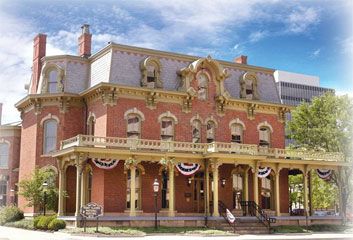
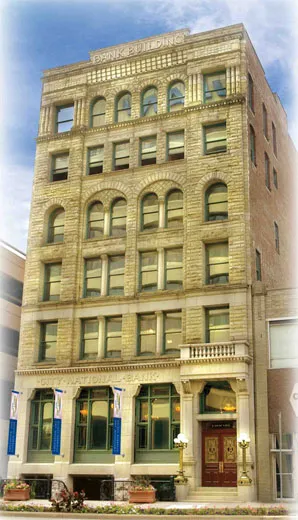
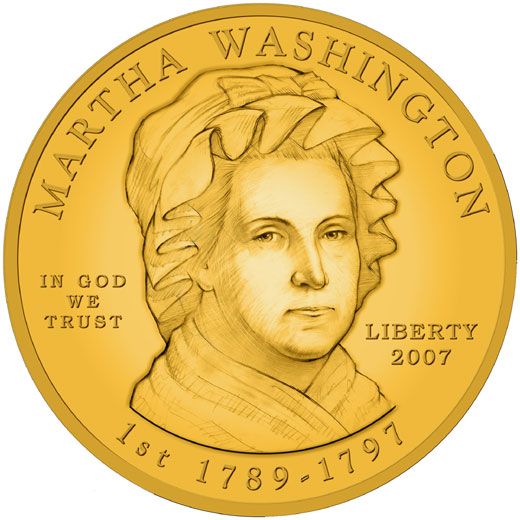
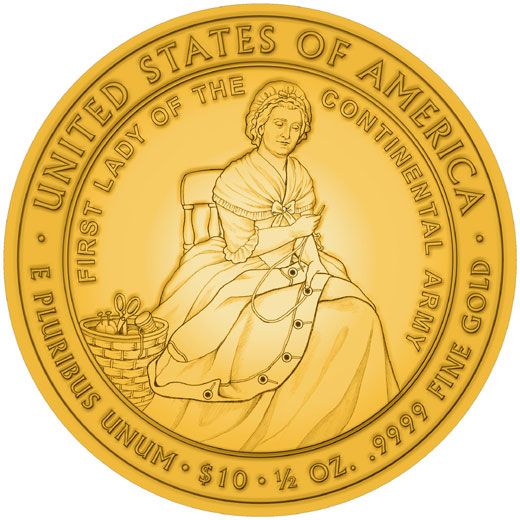
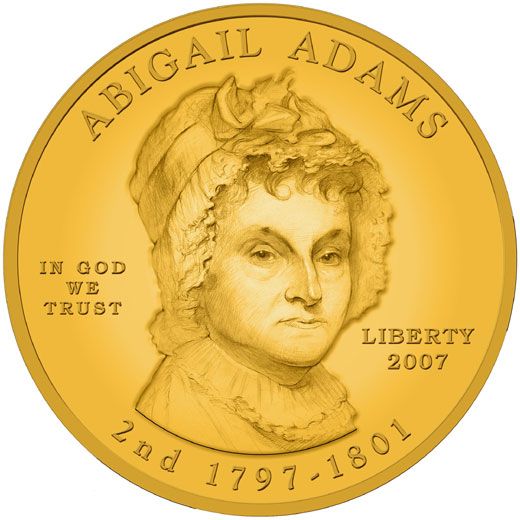
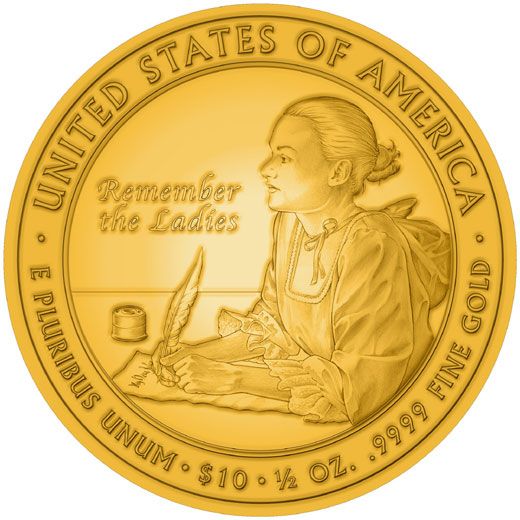
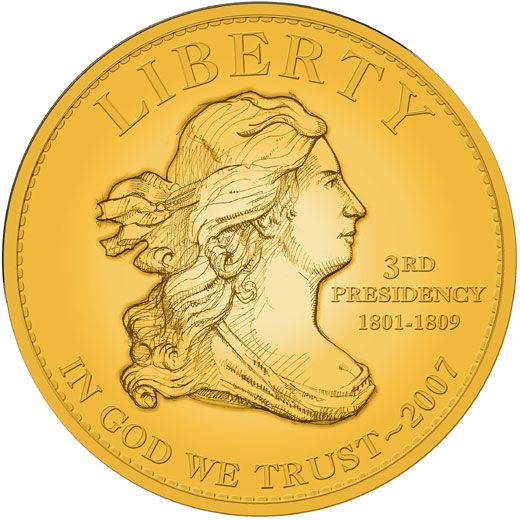
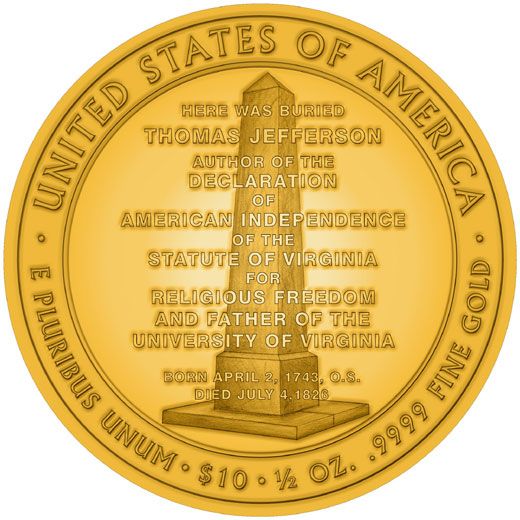
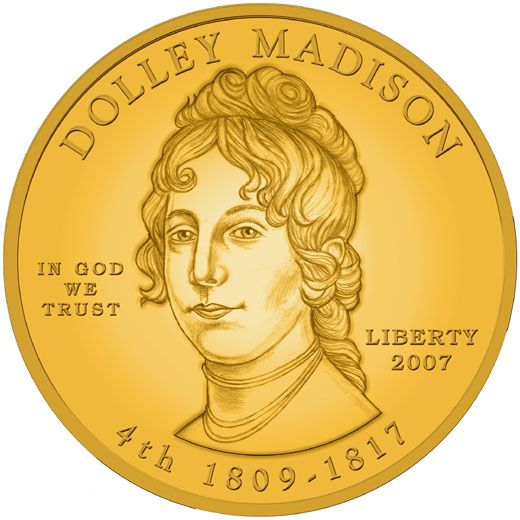
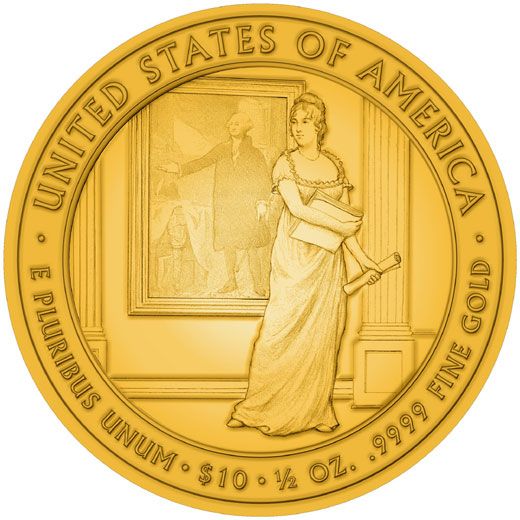
/https://tf-cmsv2-smithsonianmag-media.s3.amazonaws.com/accounts/headshot/amy.png)